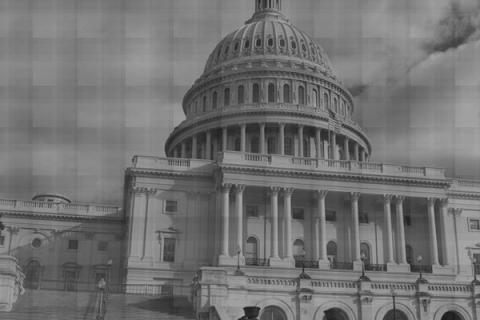The Libor rate fixing scandal may seem remote and distant from everyday life, but its effects on us all are difficult to understate. Millions of people have been cheated by what The Economist calls “the rotten heart of finance." Simply put, the core of the global financial system is corrupt
Libor (London Interbank Offered Rate) is the central interest rate for the worldwide financial market. Countless other interest rates are based on Libor, which is set every day in London according to a consensus number of inter-bank lending rates from several big banks. Three of these banks (UBS, RBS, and Barclays) have already admitted rigging their Libor numbers and several more, including Citigroup and JPMorgan in the US, are under investigation.
Libor controls hundreds of trillions in interest rates and derivatives. It directly affects all of us:
"It is used as a benchmark to set payments on about $800 trillion-worth of financial instruments, ranging from complex interest-rate derivatives to simple mortgages. The number determines the global flow of billions of dollars each year."
The Libor interest rate has been kept fraudulently low. Those with mortgages and commercial loans benefited by paying too little interest. However millions more were cheated of interest income. This includes savings accounts, pension funds, municipalities, and mutual funds"
"Charles Schwab claims one of its investment funds purchased debt securities from the banks in which the interest payments rose and fell with Libor. With Libor's alleged suppression, Charles Schwab says, it was deprived of the higher interest payments it deserved."
A brokerage like Schwab or Fidelity may have billions parked in interest bearing accounts pegged to Libor. If the banks understated Libor by 0.30% - 0.40% as they often did, then we are talking substantial amounts of lost income for the brokerages. Plus, let’s not forget, the banks that set Libor often may be the same ones that are paying the interest to the brokerages:
"They were setting the rates for Libor at the same time that they were in the market transacting with people in instruments that were keyed to Libor," said Arun Subramanian, a lawyer representing Baltimore. "To me, this doesn't seem like anything different than a normal, anti-trust conspiracy."
The Libor bid rigging served other purposes for the cartel banks too. Since they knew what Libor would be, they could buy and sell futures on Libor, guaranteeing themselves steady (and criminal) trading profits.
Corporations and municipalities often protect themselves against rising interest rates with financial transactions called interest rate swaps that limit their risk. By manipulating Libor, banks were able to maximize their income from the trillions of dollars of these swaps traded each year. Corporations, their shareholders, as well as municipalities thus lost money.
But the banks had another motive too. In the wake of the financial crisis, they reported fraudulently low interest rates which gave the impression they were healthier than they actually were. Libor is based on overnight loans that banks make to each other. The higher the rate, the riskier the loans and institutions are presumed to be. A low rate gives the presumption that the bank is healthier.
Thus, not only have people been cheated out of money that was rightfully theirs, but the big banks have deliberately hoaxed markets and governments into thinking they are more financially solid than they really are, and as investigation into the scandal has unfolded, they have deflected attempts at reform.

